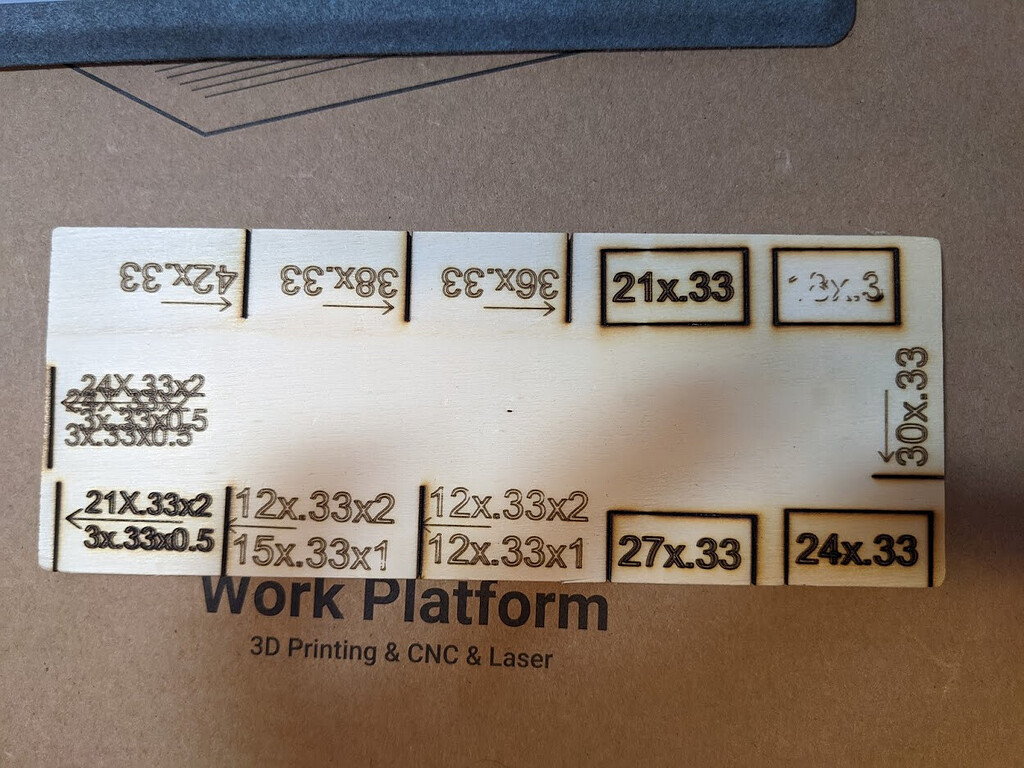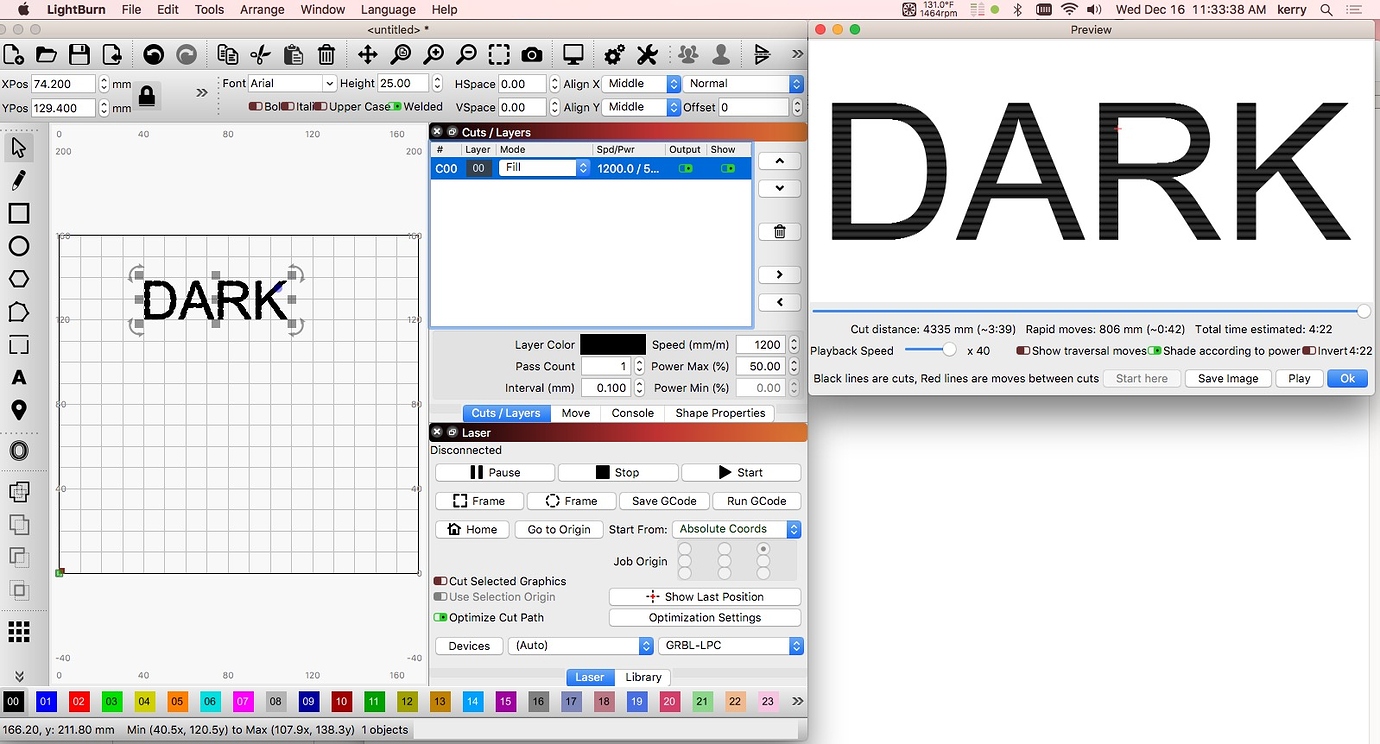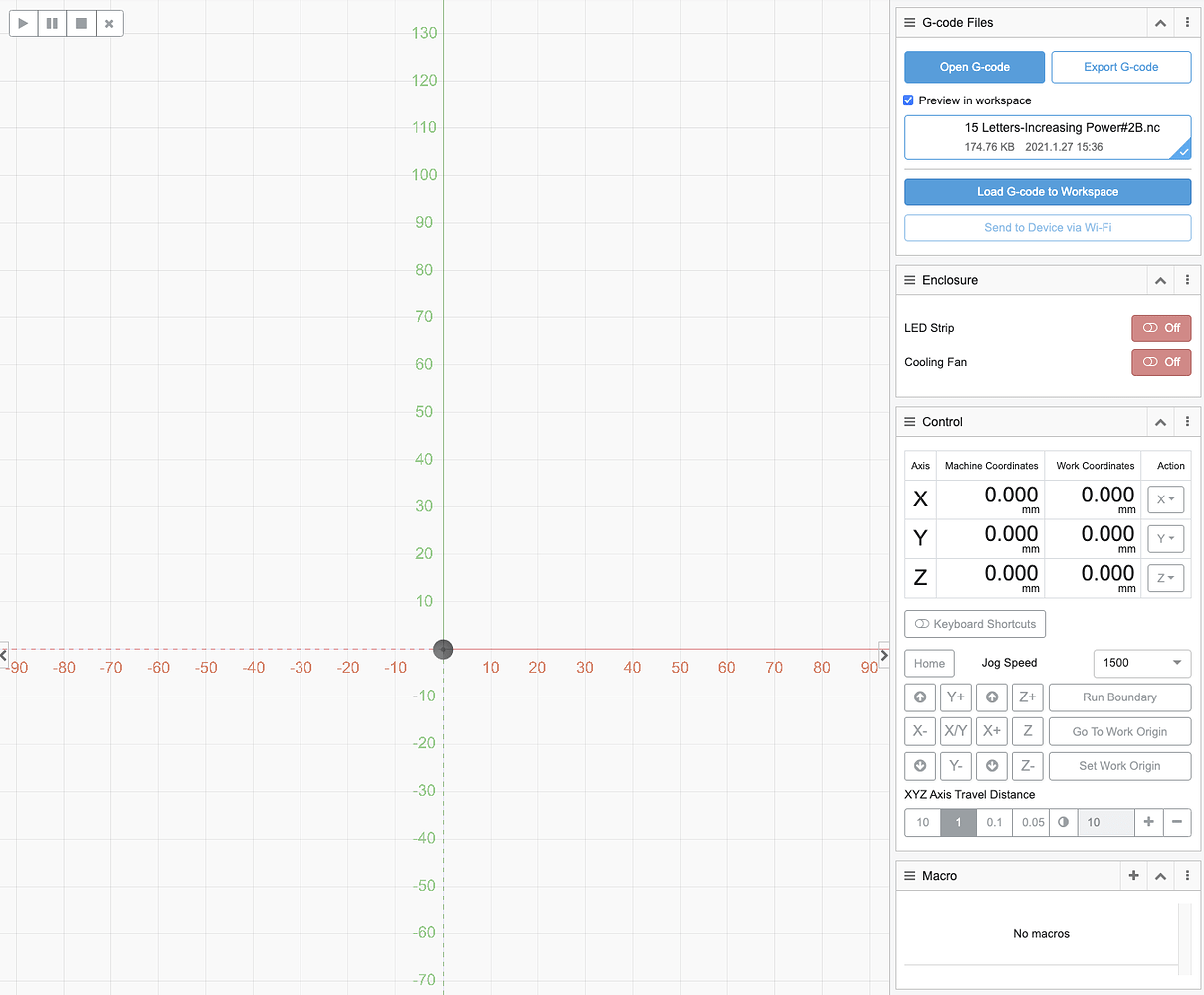
If your laser uses EzCad2 or EzCad2 Lite, you can click here to purchase the galvo version of LightBurn. LightBurn currently supports fiber and CO2 galvo systems running EzCad2 or EzCad2 Lite software, connected with a USB cable. They are used for high-speed marking or engraving, and may have a fiber laser source for metals, or a CO2 laser source for marking woods. Galvo lasers, also commonly called fiber lasers, use a fixed scanning head mounted to an arm, and project the beam from above. If you already have a LightBurn license key for GCode or galvo lasers, you can add DSP support to your license key here. If your controller is one of the above, you can click here to purchase the DSP version of LightBurn.

The Ruida 6442 is on the left, and the Trocen AWC 708c is on the right:Ĭompanies that use DSP controllers supported by LightBurn include Aeon, Thunder, Boss, AP Lazer, and Laguna Tools, and many more. Here are a couple of common DSP controllers. The DSP version of LightBurn also supports all the devices supported by the GCode license, so if you have both, you only need the DSP license. If your machine is a CO2 laser in a metal case and has an LCD display, chances are you need the DSP version, which currently supports controllers from Ruida, Trocen, and TopWisdom. They are usually enclosed in a plastic case, and often have a separate LCD display panel with buttons to control the machine. If your controller is one of the above, you can click here to purchase the GCode version of LightBurn.Ĭommon in more industrial-grade machines, these use proprietary hardware, firmware, and software.

Here are a couple of common GCode controllers - The Cohesion3D LaserBoard is on the left, and the EleksMaker ManaSE controller is on the right:Ĭommon g-code controllers include Cohesion 3D Mini and Cohesion3D Laserboard, Smoothieboard, or any board running GRBL or Marlin firmware.

(Please note that LightBurn does not support the M2 Nano controller that comes stock in most K40 lasers) They are also often used as replacements for the stock controller in the common K40 laser. They are usually a bare board, and often used in open-frame diode lasers like the Ortur, XTool D1, AtomStack, TwoTrees, NEJE Master, EleksMaker and FoxAlien, as well as XCarve, Shapeoko, or 3018 CNC machines. G-Code controllers:Ĭommonly used in 3D printers, home-built CNC machines and kit-style or DIY lasers, g-code controllers use a text based command format called g-code, and are often open source hardware and firmware, like GRBL, Smoothieware, or Marlin. Note that all types are supported by the trial version of LightBurn. LightBurn is a bit more flexible, and has support for three different "classes" of laser controllers - GCode, DSP, and Galvo.

Most laser software is tied to very specific types of machines.


 0 kommentar(er)
0 kommentar(er)
